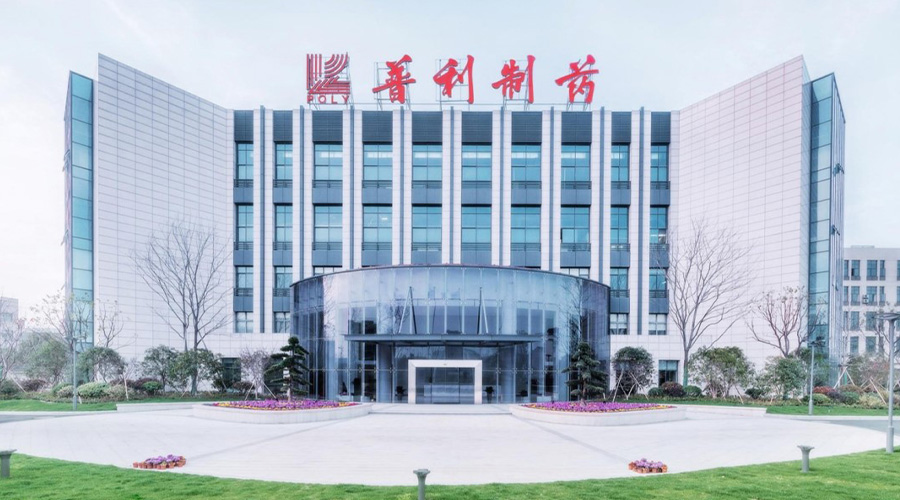From Gross Profit Margin to Net Profit Margin: Unveiling the Invisible Code of Corporate Profitability
Investors who prioritize a company's fundamentals should regularly review financial statements, where they will inevitably encounter gross profit margin or net profit margin. These two metrics are core indicators in financial analysis, reflecting a company's profitability from different dimensions (even non-investors and business operators must understand their meanings and differences).
Gross Profit Margin
Gross profit margin measures a company's profitability after deducting direct costs (such as raw materials and production expenses) from sales of goods or services. It reflects the profit margin of a company's core business operations.
Gross Profit Margin = (Revenue - Cost of Goods Sold) / Revenue × 100%Revenue: Total income generated from product sales or service provision
Cost of Goods Sold: Direct production-related costs (e.g., raw materials, labor wages, manufacturing expenses)
Economic Significance of Gross Profit Margin
- Product Competitiveness: A higher margin indicates higher product value-added or stronger cost control capabilities.
- Industry Comparison: Margins vary significantly across sectors (e.g., software typically outperforms manufacturing). Capital-intensive manufacturing requires heavy asset investments, while asset-light software sectors are often prioritized for investment.
- Trend Analysis: Declining margins may signal rising costs, intensified competition, or pricing pressures. Price wars exemplify destructive competition that erodes profits.
Net Profit Margin
Net profit margin measures the proportion of revenue converted into net profit, reflecting overall operational profitability and comprehensive cost management.
Net Profit Margin = Net Profit / Revenue × 100%Net Profit: Final profit after deducting all costs, expenses, and taxes from revenue (akin to "take-home pay").
Economic Significance of Net Profit Margin
- Comprehensive Profitability: Accounts for all operating expenses (sales, administrative, financial, taxes, etc.), providing a holistic view of earnings.
- Risk Resilience: High margins indicate greater resources to weather market volatility or fund future growth.
- Investor Focus: A key metric for evaluating long-term value and shareholder returns. Manufacturing expansion requires substantial upfront investments (land, factories, equipment, hiring, training), exposing firms to risks like overcapacity, price wars, rising operating expenses, prolonged accounts receivable, and inventory write-downs during economic downturns or market saturation.
Case Study
Assume a company reports:
Revenue: $10 million
Cost of Goods Sold: $6 million
Net Profit: $1.5 million
Calculations:
Gross Profit Margin = (10 - 6) / 10 × 100% = 40%
Net Profit Margin = 1.5 / 10 × 100% = 15%Interpretation:
40% gross margin: For every $1.00 of product sold by the company, $0.60 is allocated to cover direct costs (e.g., raw materials, production expenses), while the remaining $0.40 in gross profit must first cover operating expenses (such as sales, administrative, and financial costs) before contributing to net profit..
15% net margin: $0.15 of every revenue dollar translates to net profit, reflecting overall operational efficiency.
Gross Profit Margin vs. Net Profit Margin
| Dimension | Gross Profit Margin | Net Profit Margin |
| Core Focus | Core business profitability (direct costs) | Overall profitability (all costs and expenses) |
| Formula | (Revenue − Cost of Goods Sold) / Revenue × 100% | Net Profit / Revenue × 100% |
| Volatility | Relatively stable (influenced by direct costs) | More volatile (affected by expenses, taxes, etc.) |
| Industry Variations | Significant differences across industries (e.g., tech vs. retail) | Potentially smaller differences across industries (due to varying expense structures) |
| Managerial Implications | Optimize production, control direct costs | Manage operating expenses, improve operational efficiency |
Conclusion
- Gross Margin as the Starting Point: Reflects initial profitability of products/services.
- Net Margin as the Final Outcome: Captures comprehensive operational efficiency and ultimate profitability.
- Combined Analysis: High gross but low net margins may indicate excessive operating expenses (common in medical aesthetics, cosmetics, or liquor sectors).Low gross but high net margins often result from operational efficiency.







Comments (0)